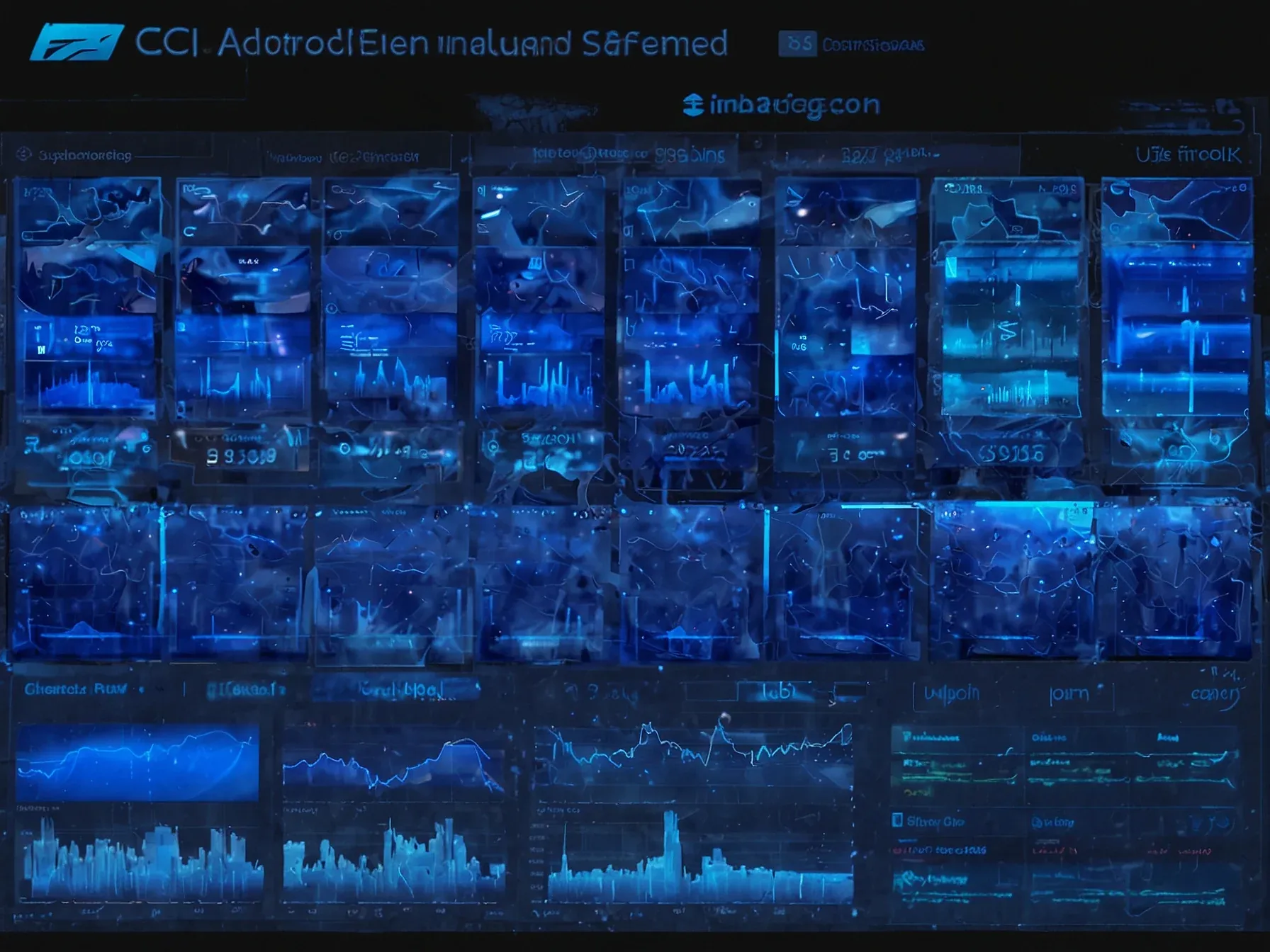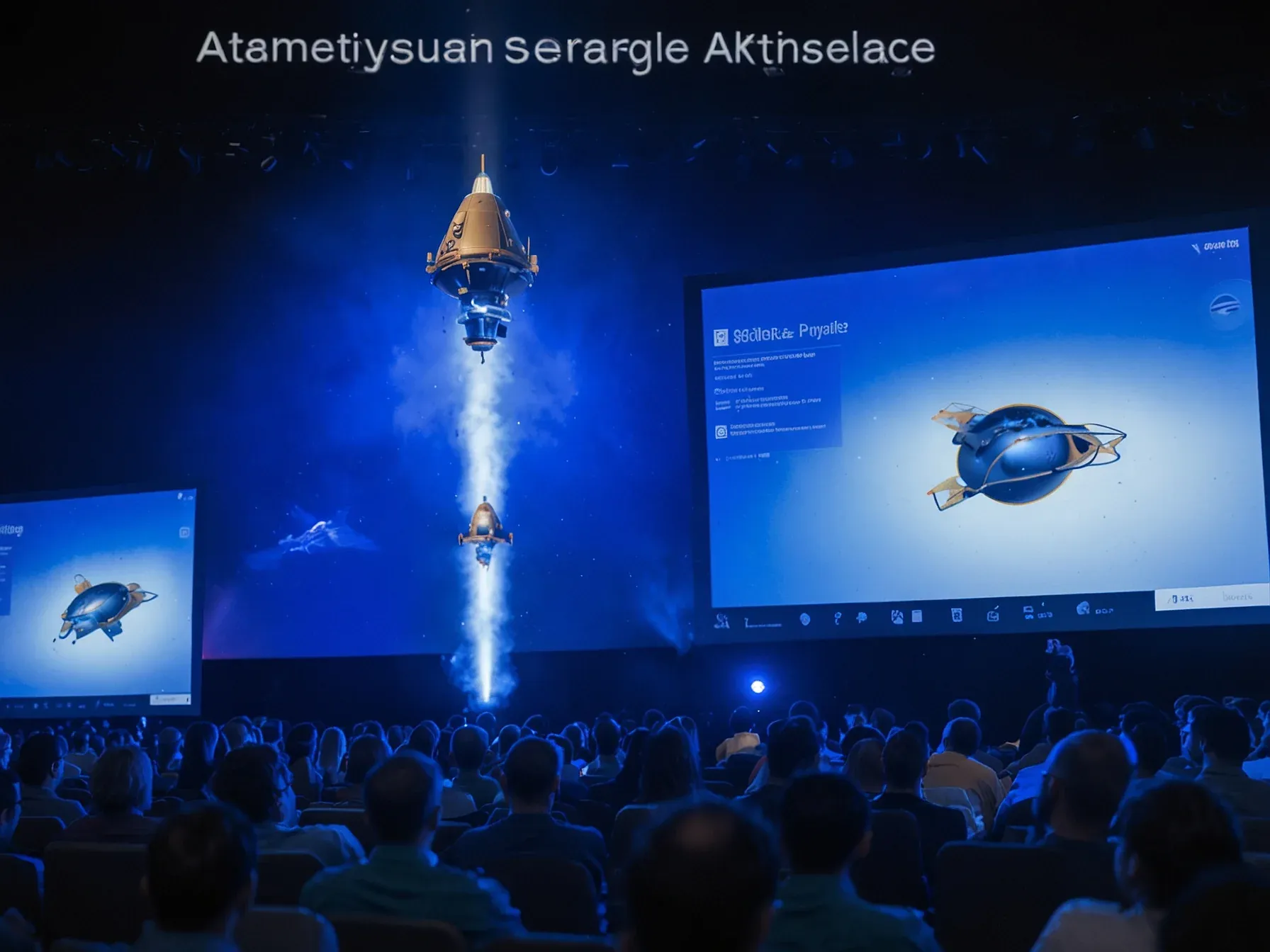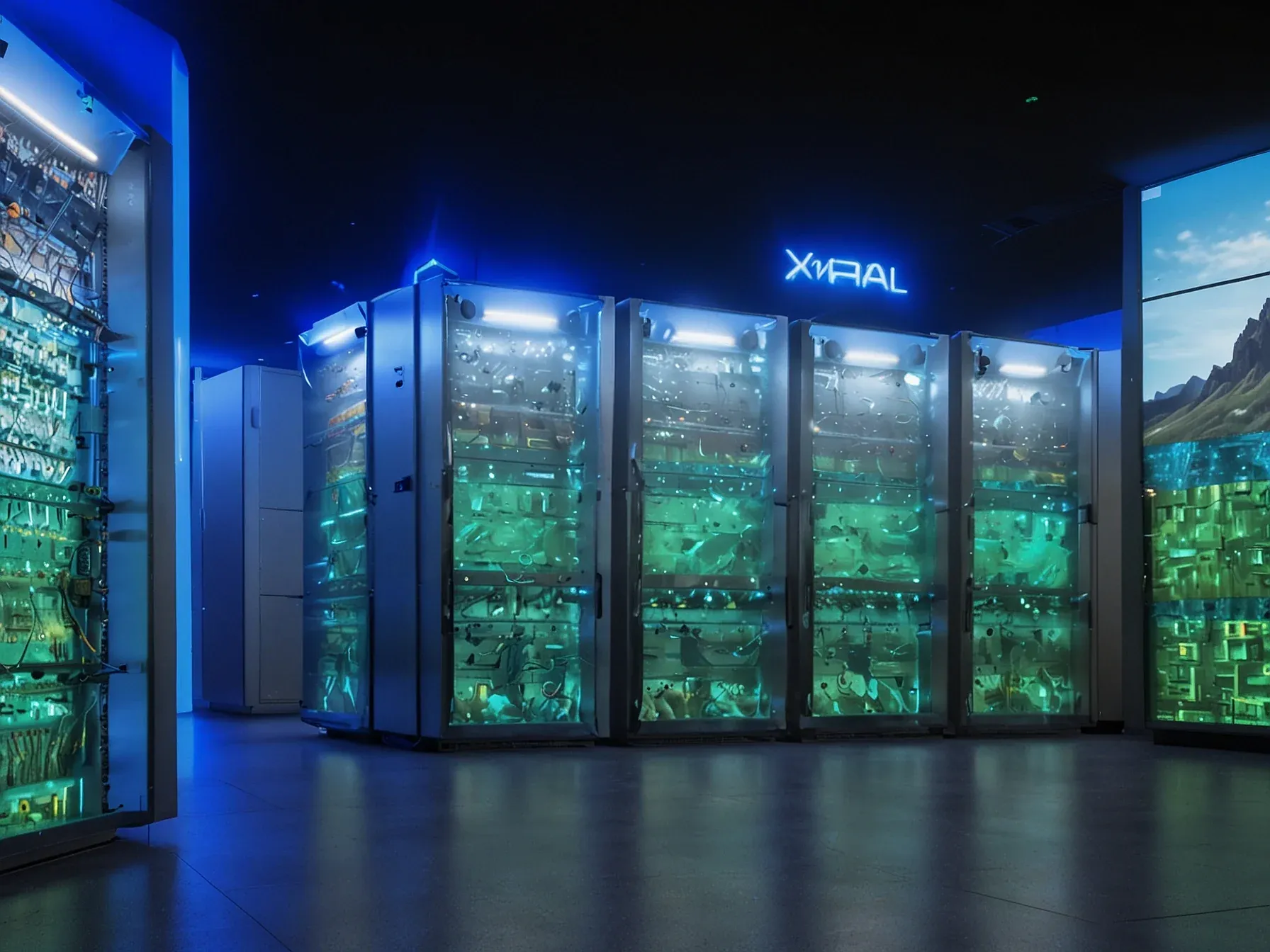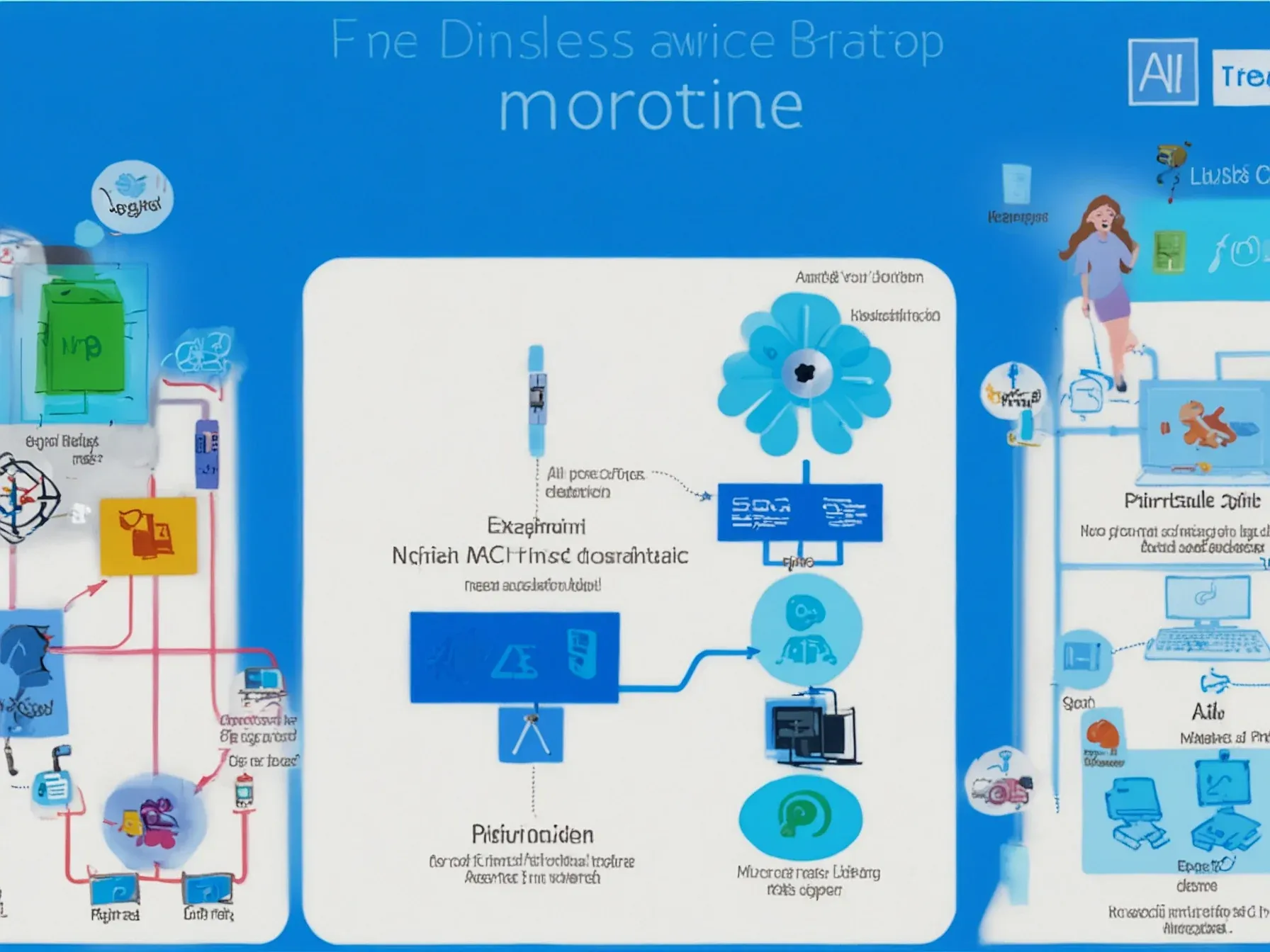
ScaleOps AI Infra cuts GPU costs 50% for self‑hosted LLMs, adds full visibility
ScaleOps is betting on tighter control over AI workloads to win over enterprises that have grown wary of cloud‑only solutions. The company’s latest AI infrastructure product promises to halve the GPU spend that self‑hosted large language models typically demand—a claim that early adopters can verify through their own bills. Cutting costs by 50 percent is only part of the story; the real question is how much insight teams will gain into the engines driving those models.
For organizations that juggle dozens of pods, workloads, and clusters, blind scaling can quickly become a budget nightmare. ScaleOps says its stack surfaces the data points most operators need, from node‑level utilization to the nuances of model behavior. While default scaling policies are baked in, the platform lets users override them, suggesting a shift from “set‑and‑forget” to “monitor‑and‑adjust.” That balance of automation and oversight is what the upcoming quote will unpack.
Performance, Visibility, and User Control The platform provides full visibility into GPU utilization, model behavior, performance metrics, and scaling decisions at multiple levels, including pods, workloads, nodes, and clusters. While the system applies default workload scaling policies, ScaleOps noted that engineering teams retain the ability to tune these policies as needed. In practice, the company aims to reduce or eliminate the manual tuning that DevOps and AIOps teams typically perform to manage AI workloads.
Installation is intended to require minimal effort, described by ScaleOps as a two-minute process using a single helm flag, after which optimization can be enabled through a single action. Cost Savings and Enterprise Case Studies ScaleOps reported that early deployments of the AI Infra Product have achieved GPU cost reductions of 50-70% in customer environments. The company cited two examples: A major creative software company operating thousands of GPUs averaged 20% utilization before adopting ScaleOps.
The product increased utilization, consolidated underused capacity, and enabled GPU nodes to scale down. These changes reduced overall GPU spending by more than half. The company also reported a 35% reduction in latency for key workloads.
A global gaming company used the platform to optimize a dynamic LLM workload running on hundreds of GPUs. According to ScaleOps, the product increased utilization by a factor of seven while maintaining service-level performance.
Is a 50 percent GPU cost cut enough to justify the switch? ScaleOps says its new AI Infra product delivers that saving for early adopters running self‑hosted LLMs, and the claim rests on an expanded automation layer that promises more efficient GPU use and predictable performance. The platform already operates in enterprise production environments, offering full visibility into utilization, model behavior, and scaling decisions across pods, workloads, nodes and clusters. Default scaling policies are applied automatically, yet the company leaves room for user‑defined controls, echoing its emphasis on performance, visibility and user control.
However, the extent to which the cost reduction holds across varied workloads remains unclear, as does the impact on overall operational burden beyond the reported automation benefits. The announcement does not detail benchmark methodology or long‑term stability metrics. While the added transparency may help teams monitor GPU consumption, whether the promised savings translate into broader financial gains for most enterprises will need further evidence. In short, the product introduces measurable efficiencies, but its practical significance for a wider audience is still uncertain.
Further Reading
Common Questions Answered
How does ScaleOps AI Infra claim to reduce GPU costs for self‑hosted LLMs by 50%?
ScaleOps AI Infra uses an expanded automation layer that optimizes GPU allocation and scaling decisions across pods, workloads, nodes, and clusters. By automating workload scaling and eliminating manual tuning, early adopters have reported roughly half the GPU spend compared to traditional self‑hosted deployments.
What visibility features does the ScaleOps platform provide for AI workloads?
The platform offers full visibility into GPU utilization, model behavior, performance metrics, and scaling decisions at multiple levels, including individual pods, workloads, nodes, and entire clusters. This granular insight helps engineering teams monitor efficiency and quickly identify bottlenecks in their LLM deployments.
Can engineering teams modify the default scaling policies in ScaleOps AI Infra?
Yes, while ScaleOps applies default workload scaling policies out of the box, engineering teams retain the ability to tune these policies to match specific performance or cost objectives. This flexibility reduces the need for extensive manual DevOps or AIOps intervention while still allowing custom optimization.
What impact does the automation layer have on performance predictability for enterprises using ScaleOps?
The automation layer coordinates GPU usage and scaling across the entire infrastructure, leading to more predictable performance and reduced variance in model response times. Enterprises benefit from consistent throughput and lower risk of over‑provisioning, which supports stable production environments.




